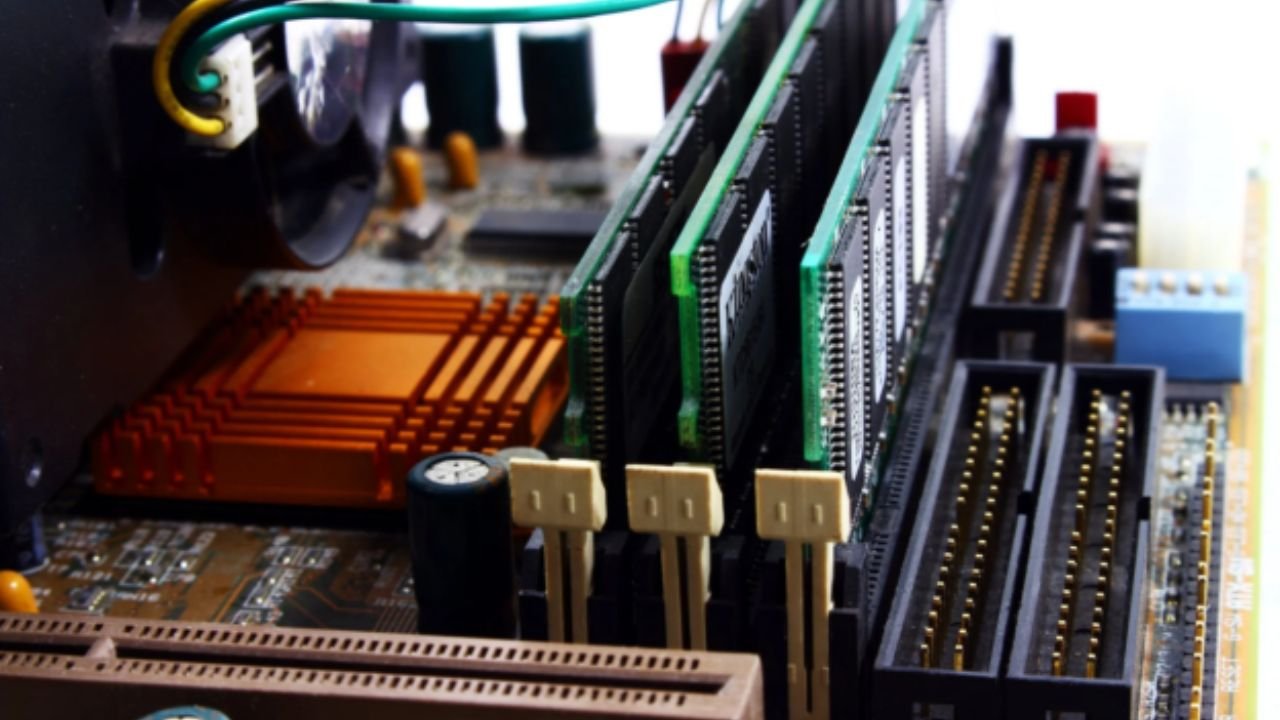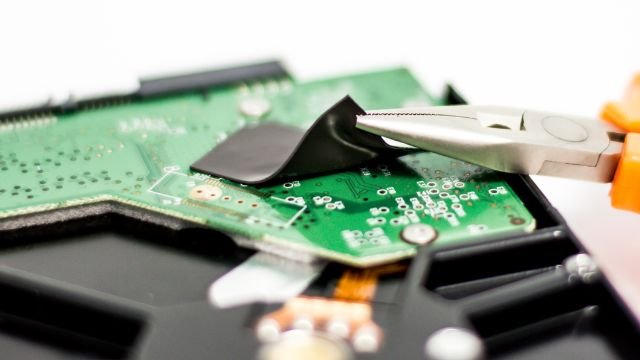When We Replace CPU or GPU Thermal Paste, What to Do With the Thermal Pads on RAM and Other Chips?
Replacing the thermal interface in your CPU and GPU could be a troubling task, especially if you haven’t done it before. Many questions could begin occurring to your mind as you begin the process.
For instance, a common question people ask is what should they do with the thermal pads installed in their RAM and other small chips. Should they replace the thermal pads on the spot, too?
Should I replace the thermal pads on RAM and other chips while replacing CPU or GPU thermal paste?
Simply put, you don’t need to replace the thermal pads on your RAM sticks while you’re changing the thermal paste on the CPU/GPU.
CPU and GPU produce more heat and need to be cooled down more actively. That’s why thermal paste is applied on them instead of thermal pads, as the former is a much better-performing heat conductor. (Learn more about CPU Thermal Paste vs Thermal Pad: Which Is the Best?)
On the other hand, the RAM sticks and other small chips don’t produce that much heat and don’t need to be cooled down that actively. So, thermal pads get the job done for them. Due to less heat, the thermal pads installed in RAM chips don’t wear off that quickly. That can last longer compared to the thermal paste used in CPU/GPU.
So, it’s very likely that at the time you’re replacing the thermal paste in CPU/GPU, you don’t need to change the thermal pads on your RAM, as they still might have some life left.
How long do thermal pads last? How often should thermal pads be replaced for RAM and other chips?
As said earlier, thermal pads on RAM sticks can last quite a bit longer than the thermal paste on CPU/GPU. In fact, if you use thermal pads on CPU/GPU (which you shouldn’t, by the way), they will last shorter than when you use them on RAM. Why? Simply because the CPU/GPU produces much more heat, which dries out and hardens the thermal interface faster.
For RAM sticks and other small chips where you use thermal pads, they should last more than 5 years (if you’re using good-quality ones).
At most, they can last up to 7 years, but we won’t recommend waiting for more than that to replace them.
So, on average, you should replace your RAM’s thermal pads every 5 years.
However, the general rule of thumb is to notice the thermal performance and change the pads accordingly.
No matter whether you’re talking about thermal paste on CPU/GPU or thermal pads on RAM, you should replace them when you notice more than usual heat. It’s a great idea to replace the thermal interface when your PC isn’t performing well and is showing uncommonly high temperature. (Learn more about How Often Should You Replace Thermal Paste?)
Thermal pads vs. thermal paste, which is better for RAM and other chips?
Thermal pads are a better-suited choice for RAM and other small chips where you’d like to use a thermal interface.
The point of contact between RAM and its heatsink is quite small. It’s not exactly possible to precisely apply thermal paste between those two components. In most cases, you will end up spreading the paste all over the place.
On the other hand, thermal pads are much easier to handle and you can apply them in small spaces quite easily. So, it’s recommended to stick to thermal pads for this use case.
Another reason to prefer thermal pads is their minimal heat conductance. As RAM sticks don’t produce a lot of heat anyway, you don’t need a thermal paste’s full-fledged thermal performance for them. A thermal pad can do the job just fine for your needs.
What happens if I use thermal paste on RAM?
Well, if you manage to correctly apply thermal paste on RAM, nothing really happens. It will work just like a thermal pad would, and you can go on using your computer as you normally would.
However, you have to make sure you apply the paste correctly and don’t spread it on surrounding components. If you put the paste on other parts of the motherboard and your paste happens to be electrically conductive, you might cause a short circuit in your computer.
So, you should always keep some cleaning equipment by your side while trying to install thermal paste on RAM. If something goes wrong and the paste spreads all around, you should clean it up immediately before using your computer again. (Learn more about Are You Supposed to Use Thermal Paste With RAM?)
The bottom line
In most cases, you shouldn’t have to replace the thermal pads on your RAM and other small chips at the time you reapply thermal paste on your CPU or GPU. However, if you’re having thermal problems with your RAM sticks, then yes, you should change the thermal pads.
Avoid using thermal paste on RAM because it’s very easy to mess it up and not be able to apply the paste correctly. It’s recommended to use thermal pads for RAM and thermal paste for CPU/GPU.
If you still want to try to apply thermal paste on RAM chips, make sure you have the necessary cleaning equipment with you, so you can clean up the paste if you accidentally spill it around.




